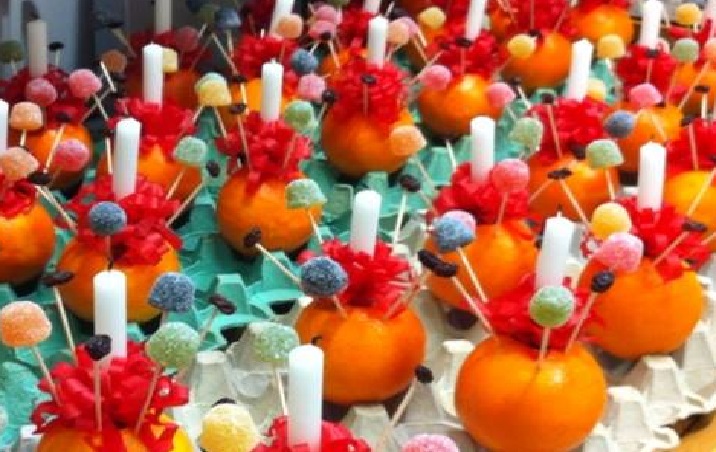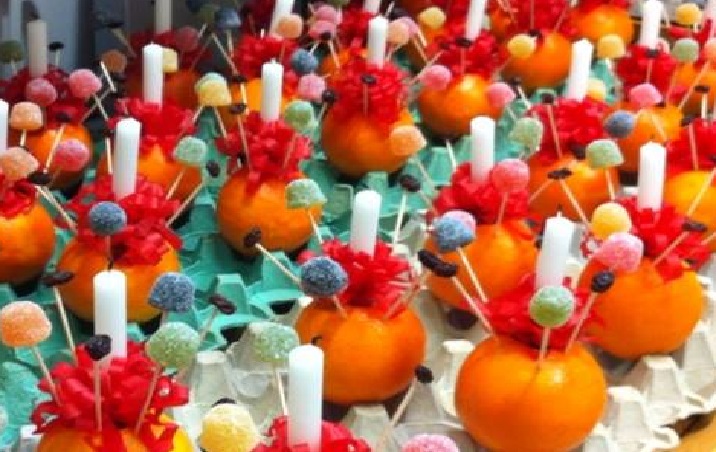Season 1 Episode 1 History
By Jane Forsyth “Vice présidente Charles Rennie Mackintosh en Roussillon” Association
Whilst the basis of Christmas (Christ’s Mass) is the same in all Christian countries, the traditions that have grown up can be quite different. Perhaps you might like to know about the Christmas traditions of Britain? Even across Britain these can vary, but in present times there is a general type of celebration.
I shall start by telling you that when I lived in Scotland when I was younger we did not even celebrate Christmas Day! It had been abolished in 1640 by the then Scottish Parliament and only became a public holiday in 1958. Even then it was normal to see all the shops open and people buying their gifts to give to their friends and families on Hogmanay (of which more later)!

Christmas traditionally started with the early preparation of food, on the Sunday before Advent started. Known as ‘stirrup Sunday’ (from the ‘stirring’ of the ingredients with a large spoon) it is the day when the Christmas puddings and cakes were made and then set aside to mature. The alcohol in them ensures they do not go bad, but improve.

The Christmas pudding should be made with 13 ingredients, representing Jesus and the 12 apostles; it must be stirred from East to West, representing the journey of the 3 Wise men; everyone in the family should contribute a stir of the pudding and make a secret wish. Originally, the ingredients were a ‘plum porridge’ made from meat broth, with currants, wine, spices and prunes added for a special treat.
The idea was to fill up stomachs which had been fasting during advent. The meat was gradually replaced in 19th century.
Finally, a silver coin used to be added, to bring good luck to the finder, though nowadays this is often replaced by little ceramic toys, or tiny silver charms, so that everyone can have a piece of the luck.
replaced by little ceramic toys, or tiny silver charms, so that everyone can have a piece of the luck.
The Christmas cake is made from similar ingredients, but baked rather than steamed. It is a more modern introduction, from the 19th century, when upper-class homes, which boasted ovens, started baking the mixture. Ovens themselves became more common in middle-class homes during the nineteenth century, and a baked Christmas cake became possible in almost every home. In these relatively better-off times, many households have both.

In the Advent period we often visit the schools to see the children perform Nativity plays. The originally 18th century German tradition of ‘Christingle’ ceremonies have been reintroduced since 1968 and are often held in schools and churches during advent
The idea of these ceremonies is explain to children the reason for Christmas and to bring families together, with the children holding and lighting the Christingle. This is an orange, (representing the world) with a lit candle pushed into the centre (representing Jesus Christ as Light of the World), with a red ribbon wrapped around the orange (representing the blood of Christ) and dried fruits and/or sweets skewered on cocktail sticks pushed into the orange, representing the fruits of the earth and the four seasons.

